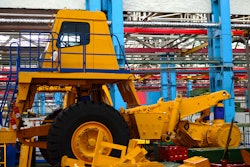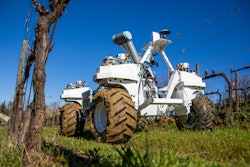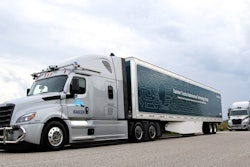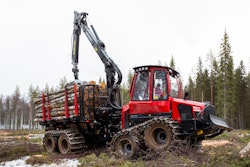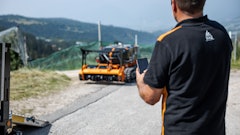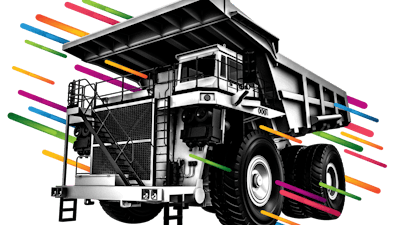
Covid-19 has been a wake-up call for OEMs to enhance their resiliency against unanticipated threats and disruptions.
According to an executive report by relayr commissioned with the research firm forsa on the manufacturing industry's mood, the majority (60%) of industrial companies report being affected by the crisis, and they're looking for ways to adapt.
While the pandemic is an extreme example, there are various ways of dealing with unforeseen crises or fluctuations that will help your business remain stable — or even grow — during times of change or uncertainty.
Currently, many of the executives relayr surveyed are taking measures to reduce costs, whether internally or for their customers, ensuring their customer structures are balanced, and looking for opportunities to change business models.
The latter is what we'll focus on today: changing business models. More specifically, on subscription models or equipment-as-a-service (EaaS).
What you should know about EaaS
In the simplest of terms, EaaS allows you to offer machinery on a pay-per-use basis. It’s taking a business model pioneered by software companies and applying it to heavy-duty industrial machinery. In doing so, your finances become stable and predictable, and your operations become more efficient.
In the OEM space, equipment is often costly, yet the price only represents a fraction of the total cost of ownership. The bulk of the cost then comes from support, repairs, maintenance, and value-added services. In fact, more than 75% of the cost of machinery comes from the cost of operations and maintenance of the asset.
From an OEM perspective, that means you're not participating in the most significant percentage of ownership cost. This is especially true if you haven't invested in advanced technology, like the industrial internet of things (IIoT), artificial intelligence (AI), and predictive analytics, which give you the ability to connect machines and remotely diagnose issues.
On the flip side, your customers are paying a lot of money upfront. And they're only likely to reach back out to you if something fails or there's downtime—which is not a scenario conducive to relationship building.
Instead, EaaS bridges that gap. The sum of the whole is better for everyone, making EaaS a win/win business model for OEMs and customers alike.
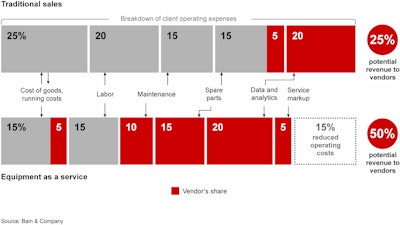 Bain & Company
Bain & Company
As seen in the chart above from Bain & Company, EaaS models help reduce the total cost of ownership for customers, while almost doubling the revenue for OEM businesses. This arrangement also allows more touchpoints with your customers throughout the lifecycle, as opposed to only when things break down.
How subscription models provide a higher level of resiliency
The graph below from Zuora's latest Subscription Economy Index™ shows how resilient companies are those with recurring revenue streams. These subscription-based companies grew their revenues around 5x faster than S&P 500 company revenues and U.S. retail sales during the same period.
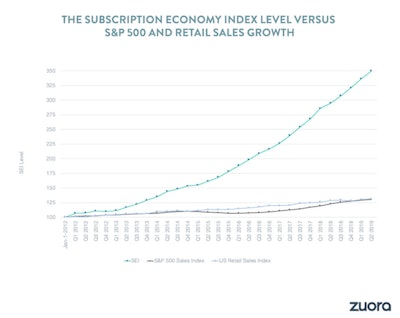 Zuora
Zuora
Why are subscription-based companies so resilient? It's by design.
EaaS allows you to mitigate risks with subscription pricing, recurring revenues, and flexible contracts. Since traditional ownership methods involve customers buying equipment outright as capital expenditures, it can be 10+ years before they need to purchase another machine.
Alternatively, by offering the machinery on a per-use basis, you'll know precisely the revenue you can expect during the contract period. For your customers, purchasing usage as an operating expense also comes with beneficial tax implications.
EaaS opens up new markets and revenue streams previously unavailable. And by having the ability to predict revenue, you can better adapt to customer needs by offering more value-added services, aligning your interests, and building genuine partnerships.
Take Indiana-based Flanders, for example. The company offers electric motor repair, power systems engineering, custom motor manufacturing, systems integration, and deploys advanced technologies for automation and autonomous control.
However, feedback from customers began showing a similar thread: they didn't want to be forced into a box. Flanders' customers wanted to have custom solutions and some flexibility in their contracts to fit their operations.
This feedback prompted Flanders to explore digital solutions that could enable a shift toward a predictive service model that reduces downtime and makes maintenance more predictable, giving customers the flexibility they desire while ensuring business outcomes are delivered.
For Flanders, this type of business transformation makes revenue more predictable than a traditional break-fix model. Instead of waiting for a machine to break down and a customer to request service—an unpredictable event at best without the right digital tools in place—Flanders can offer predictive maintenance as a value-add to its pay-per-use model.
By predicting machine failures, Flanders can perform maintenance proactively at a scheduled time that eliminates unwanted downtime and increases operational efficiency, a win/win for both Flanders and its customers.
Overcoming common challenges
Over the years of helping customers like Flanders, I've come across several common hurdles many face with their business transformations, including:
- Waiting until the moment feels right. Industry 4.0 and servitization aren't new terms in the industry. However, for many OEMs, the value and ROI need to be immediately apparent before they'll take the leap. Delaying will hold your company back, and you might find competitors are quicker to shift and take your customers along with them. What to do instead: It's critical that all stakeholders in your business, from IT to operations and sales, are educated in EaaS and how Industry 4.0 plays a role. Finding the right third-party vendor will help this process, ensuring you're aligned and on the right path.
- Only focusing on the end goal. Let's say you're planning a cross-country road trip. You're not going to focus on the engine specs of the car you're taking. You'll be thinking more about how comfortable the ride will be and different landmarks you can visit. This is where many companies go wrong when planning for an EaaS business transformation. If you're too focused on the big audacious goal, you're likely to lose steam before making it there. What to do instead: I encourage you to think of your transformation like that road trip. What are your stops? What are the milestones and journey points you can celebrate along the way? Breaking your main desired business outcome into smaller goals makes the process more digestible and will keep your momentum going.
- Putting the technology first. It's easy to innovate for the sake of innovation. Focusing too much on the technology or innovation side of a business transformation without context or vision is a sure-fire way to waste time and resources. What to do instead: Incorporating EaaS opens up opportunities for innovation and disruption, but remember to always approach it with the concept of the commercial and business vision in mind.
Is EaaS right for your business?
Unforeseeable situations and fluctuations are inevitable in business. However, the degree to which they impact your organization depends on the stability of your revenue flow and the depth of your customer relationships.
As the heavy equipment industries currently grapple with an extreme example of the unpredictable, now's the time to consider creating sustainable and service-based business models to increase resiliency.




